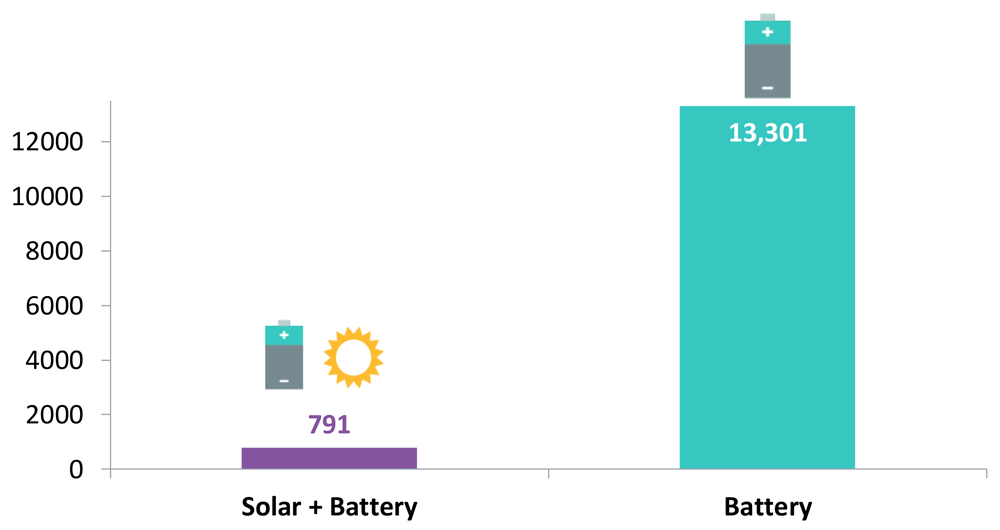MISO defended its plan to bar renewable energy from supplying ramping reserves to FERC last week, saying its proposal doesn’t amount to undue discrimination between resources because of the “significant differences” between renewable and non-renewable resources’ ability to deliver ramp product (ER23-1195).
In a June 5 response to a deficiency letter, the grid operator said because so many of renewable resources’ ramping capability is essentially undeliverable, it becomes a “legitimate” factor that “can support different treatment of different types of resources” within MISO. FERC issued the letter in May. (See FERC Questions MISO Plan to Drop Renewables’ Ramp Eligibility.)
MISO said that dispatchable intermittent resources (DIRs) in the real-time market cleared 15% of the megawatt hours needed for up ramping last year. The RTO said 99.7% of the cleared output was “economically undeliverable” because the DIRs’ cleared ramp negatively affected transmission constraints.
Intermittent resources’ average marginal congestion cost was -$73.33/MWh, MISO said. Other resources providing ramp capability for the remaining 85% of MWh experienced uneconomic deliverability issues only 31% of the time, the grid operator said, with an average marginal congestion cost of -$5.83/MWh.
MISO said its data demonstrates “the extraordinary behavior of DIRs in MISO markets with regard to the clearing of reserve-type products such as up ramp capability.”
“Deliverability is important because mere ability to produce output, without deliverability of that output, renders any such would-be output useless to meet operational or market needs,” the RTO said. It said if it allowed ramping capability from DIRs, it would have to redispatch other resources to reduce flows on the limiting transmission. That would result in higher production costs.
“Such an outcome is plainly uneconomic for MISO’s markets, and it is more reasonable for MISO to refrain from dispatching such zero or negative [marginal congestion cost] resources — rendering them undeliverable for economic reasons, which are also linked to the need to reliably manage binding transmission constraints,” MISO said.
The grid operator also said that when it clears DIRs’ undeliverable up ramping, it depresses ramp pricing and hamstrings staff from “effectively redispatching the non-DIR fleet to optimize ramping capability.”
MISO said its wind resources tend to be geographically concentrated and likely to be trapped behind the same transmission constraints. MISO does not use locational considerations in its markets to determine which resources should be eligible to provide ramping reserves. It said DIRs’ offer profiles allow them to be cleared for up ramp at zero dollars when they’re undeliverable due to the negative impact of their marginal congestion costs on constraints.
In comparing DIRs to other resources, MISO said they have “fundamentally different” market participation characteristics and behavior. It said DIRs “almost exclusively” clear for up ramping when they’re already being dispatched down to manage transmission constraints. The RTO added that when DIRs aren’t being curtailed, it’s more profitable for them to offer all available energy to the grid rather than ramping product. MISO said when there’s no network congestion, DIRs opt to provide energy.
“The root problem is that curtailed DIR capacity is not economically deliverable to provide up ramp irrespective of its location, which prevents the market from acquiring sufficient ramping flexibility during periods of high ramping needs,” MISO said. “In other words, there is a significant difference in the manner as well as the degree to which DIRs versus non-DIRs are stranded/trapped behind transmission constraints.”
MISO said solar generation has a similar offer profile to wind generation and almost always clears for ramp when they’re being curtailed and thus, undeliverable. The grid operator said solar should also be excluded from providing ramping reserves.

